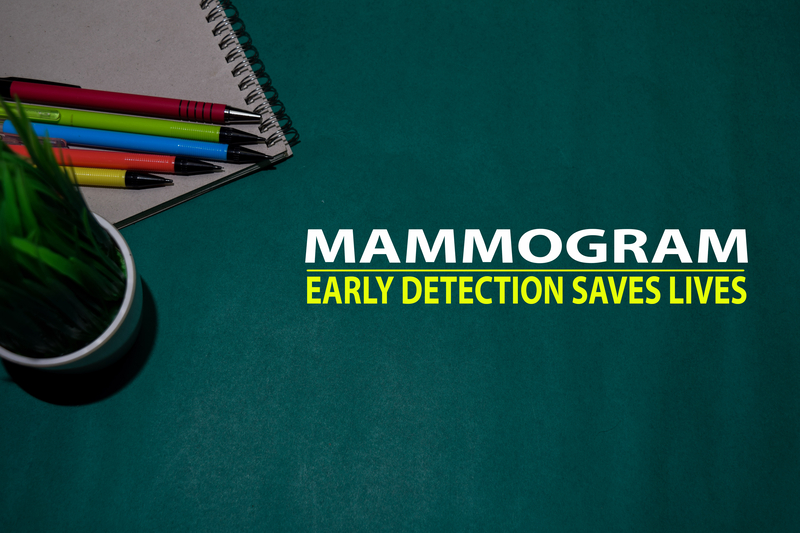How to get pregnant?
As we declared previously; a human female body releases an egg every month for fertilization. Which eventually destroys if not fertilized with the sperm. To get pregnant an egg must be fused with the sperm.
As doctors suggest that the time when an egg is released is the most fertile period of a month. Your chances of getting pregnant are much higher after 7-10 days after your period’s end.
How do you know if you are pregnant?
Many of the females find it out when they miss their period. Your pregnancy can be detected with home tests. The female human body produces HCG that can be detected with the strips and small instruments that are available over the counter. This HCG is released after an egg attaches to the uterine wall.
When to take the pregnancy test?
Taking the test too early can mislead you with the results. A woman’s body is the most complex machine in the world. It also resonates with hormones and other conditions with the environment inside and out.
A pregnancy test should be taken after a week when you have missed a period. By then there will be a considerate amount of pregnancy hormones running into your blood or urine.
Pregnancy Guidelines:
Once you are sure of your pregnancy test and know that you are pregnant, you need to fix an appointment with a medical health practitioner.
Though the procedure is not new the risks of complication are always there with the pregnancy cycle.
Make regular appointments with the doctor. Run through ultrasound and other lab tests to monitor the health of your fetus (baby) and yourself.
The intake of a balanced and proper diet is a must. Include iron, proteins, and vitamins in greater amounts to ensure the health and growth of the fetus.
The whole gestation (pregnancy period) varies from 34- 36 weeks. In some other cases, it is deemed to be variable, and very few times it is safe.
Post Pregnancy Risks
Countries all over the world do not have the same hygiene and sanitary conditions for women. That is why many women face infections, illnesses, and life-threatening conditions for their newborns and themselves.
In case always choose the clean and hygienic premises and go for the procedure with the reputed medical health practitioner.
Remember your health is not everyone’s business but for you.
Whereas, there is mental stress and pressure termed postpartum depression that causes difficulty in managing life after giving birth.
Therefore, you should be more careful and concerned about hygiene, cleanliness, and your doctor’s guidelines during pregnancy.
Can you conceive after menopause?
So the answer is Yes. With the modern fertilization method, a woman can conceive if she has stopped menstruating. It is possible with the donor’s egg. The procedure involves a lot of tests, examinations, and arrangements for the donor. But still, the good news is that you can still conceive.
In the procedure, you take the donor’s egg (it carries the donor’s DNA) that is fertilized with the partner’s sperm using in-vitro fertilization. That is then transferred to the uterus for implantation to the uterus walls. If all goes well you can conceive and continue the process as natural.
The Ultrasound and Procedures in Pregnancy:
Ultrasound or sonography are imaging methods; that , with the help of high-frequency sound waves, enable us to see the structures inside the body. The tests are carried out with ultrasound machines.
These are diagnostic tests methods that help to pre-diagnosis of diseases and deformities of the fetus before birth.
Ultrasounds are Reliable and Approve Method for Diagnosis
Ultrasound technology is the most relied upon by doctors among the world’s leading countries. It is not only used for pregnancy monitoring but other illnesses and diseases diagnosis.
But here we will tell you why you should go for regular ultrasonic examinations
You can easily see the fetus, ovary, and uterus development.
A fetus’s health, growth, and structures are seen and can be noted.
It can help to diagnose if there is any life- threatening risks to continuing the pregnancy
Most of all it is helpful to know the age of the fetus and in estimating the time of the birth.
The test is medically approved for all and is pretty much accurate with ever-evolving advancements in technology.
Is Ultrasound Safe?
Ultrasounds are safe and there are no known risks to them till time. As they use low-frequency waves and you are not exposed to radiations like other CT Scans, X-Rays, or other such bombardment tests.
But some guidelines should be followed to avoid disturbance and distractions during the tests.
- Doctors may advise avoiding wearing jewelry and other metals as the machines may be distracted with them.
- Sometimes it is advised to stop eating and drinking for a specified period before tests. You must follow this in case of gall bladder examination ultrasound.
- For pelvic ultrasounds in pregnancy, you can be advised to have a full bladder so that your organs are imaged under ultrasound.
- Children and people of other ages may be asked to come up with different preparations according to the procedure and illness.
In general, you are advised not to wear jewelry, piercings and to wear loose clothes so it is easy to run the process.
What is the process?
After all the preparations, you have to lie down on the examination bed and relax.
There is a chemically formulated gel applied to the part that is to be examined. It does not harm your skin and is completely safe. The prime purpose of this is to increase the visibility of the imaging.
Once you lie down, relax, and apply the gel; a technician or sonographer carries out the further procedure.
It revolves around a hand-held, tap-like device, transducer all over the area. It is not sharp and acts like a camera that provides images to the monitor attached to it.
With the device, you can see the inside structures. The technician or doctor captures images and calculations that are necessary for the diagnosis.
These images with calculations will be provided to you with the diagnosis.
The procedure is simple and does not require any slits or cuts through your body. You can easily walk out wiping the gel off your body. And there are no guidelines to follow after the test. It is safe, simple, and has no after-effects.
But in some cases, an ultrasound is done inside the body.
- Transesophageal echocardiogram. A transducer, inserted into your esophagus for imaging the heart and other parts. It’s usually done while you are under sedation and does cause you pain
- Transrectal ultrasound. This test creates images of the prostate glands through a transducer into the rectum.
- Transvaginal ultrasound. A special transducer is gently inserted into the vagina to get a quick look at the uterus and ovaries.
This is also a painless process and takes about 30 minutes to an hour to be completed.



